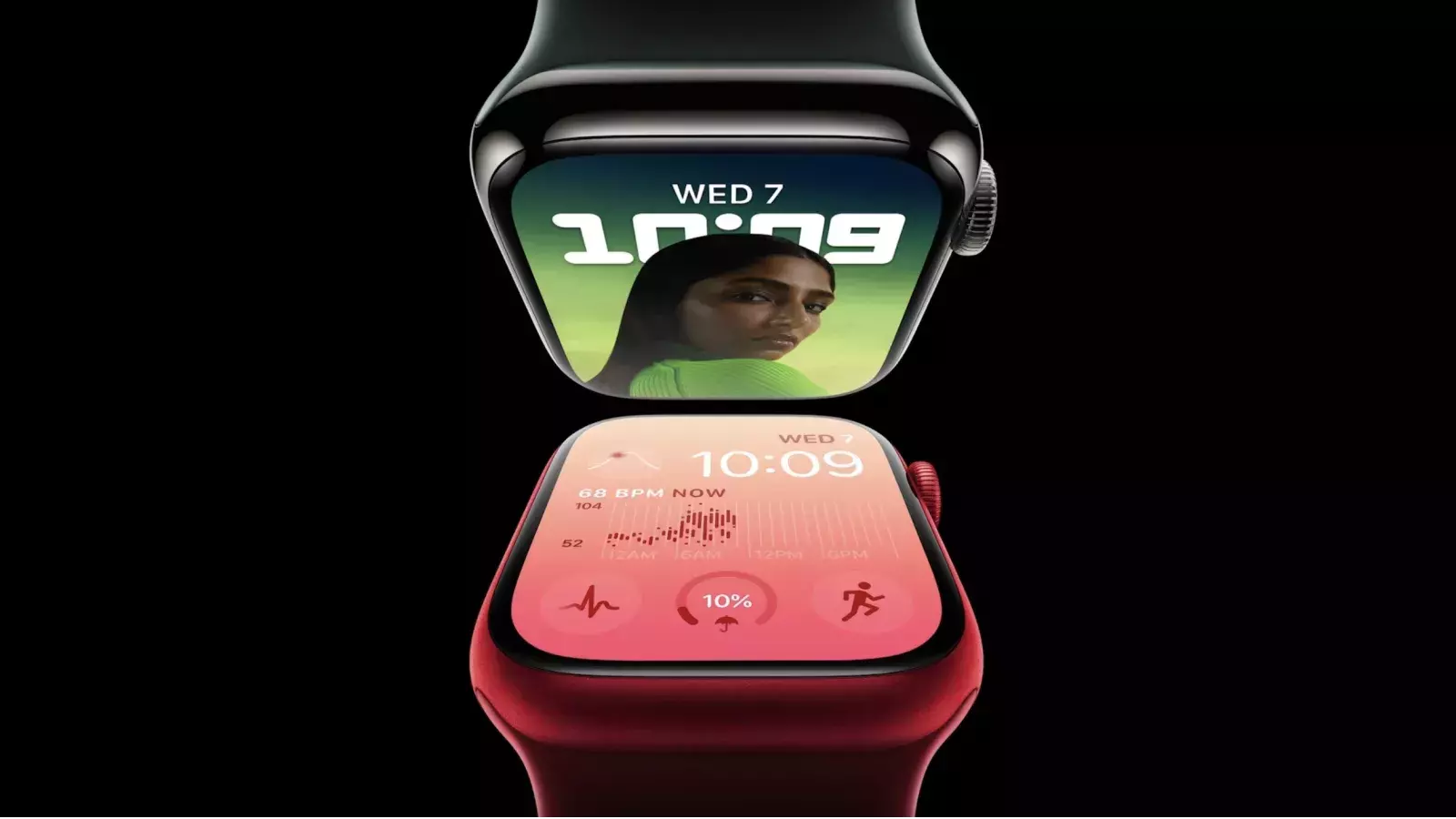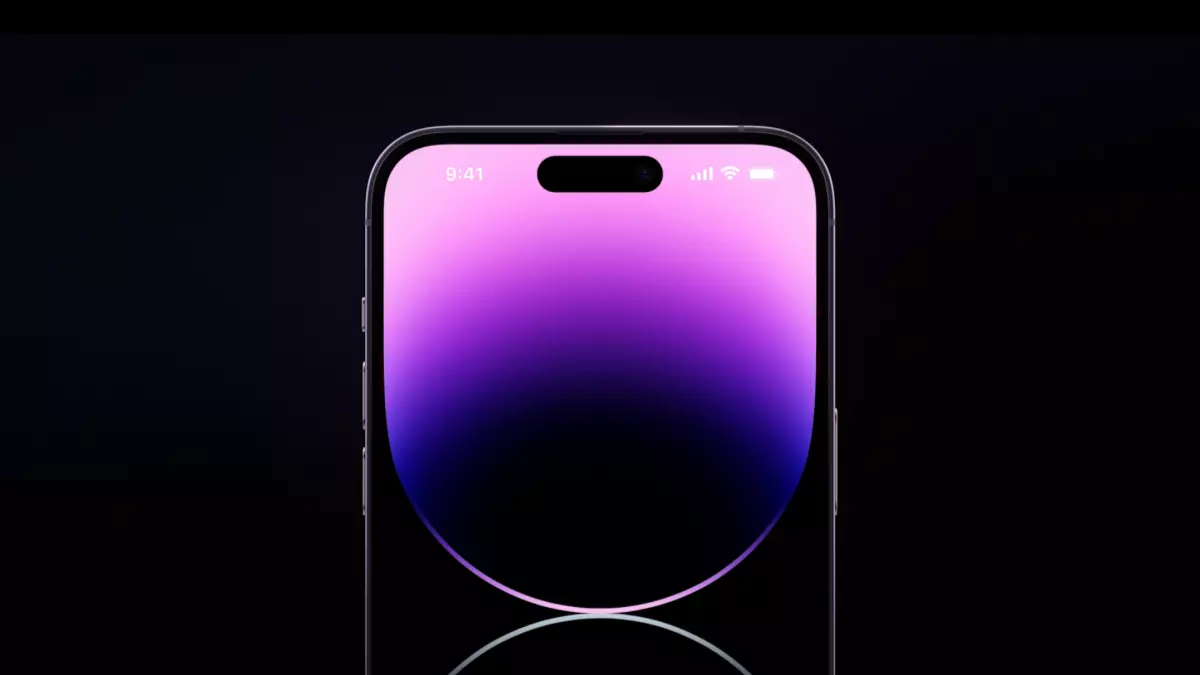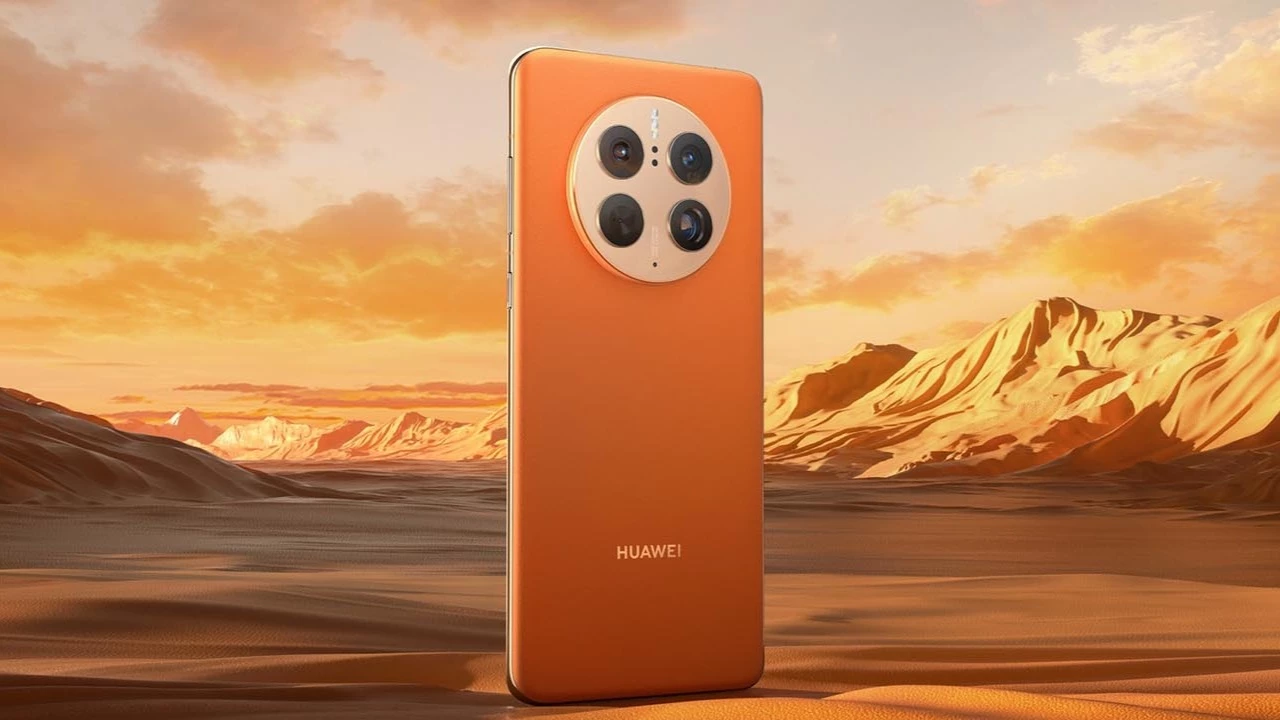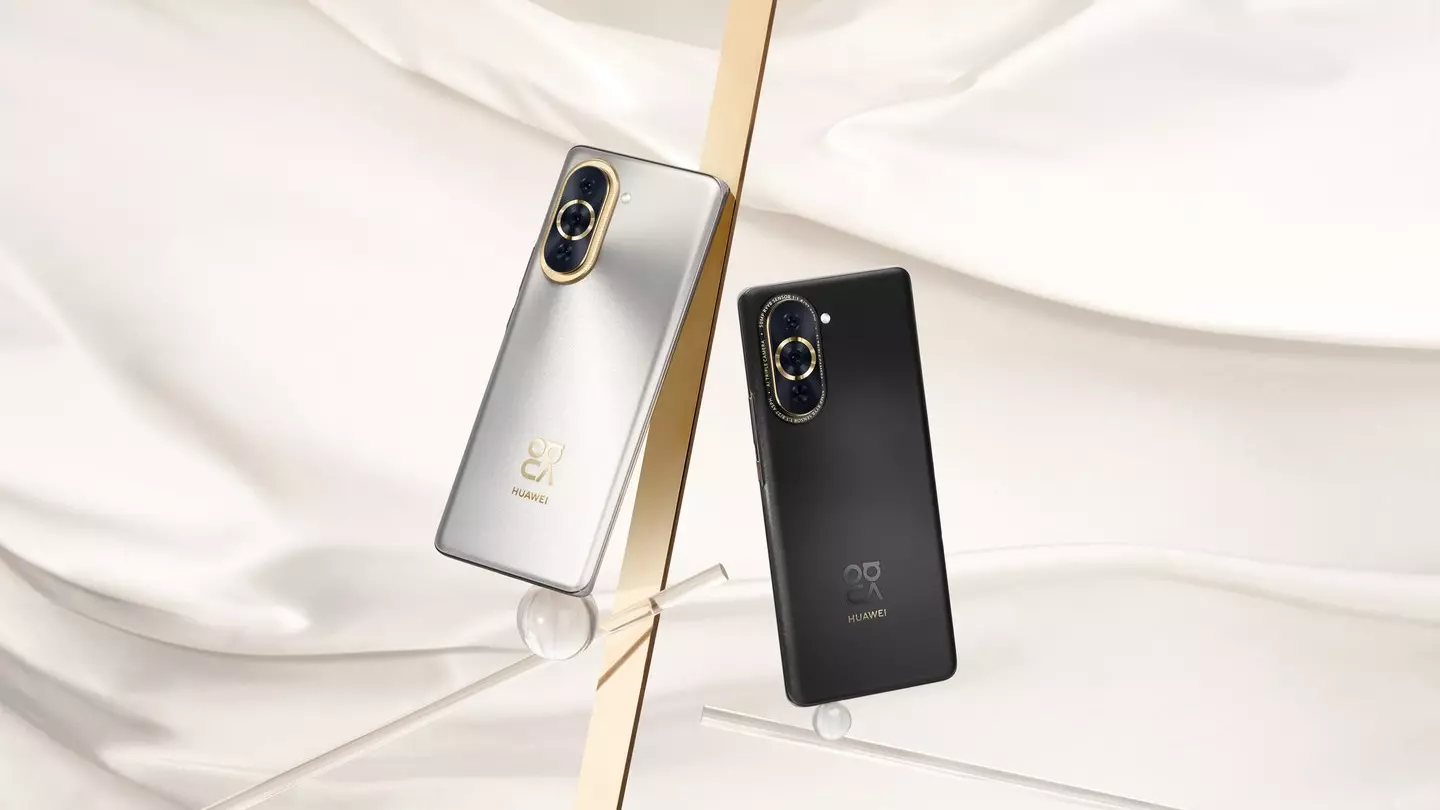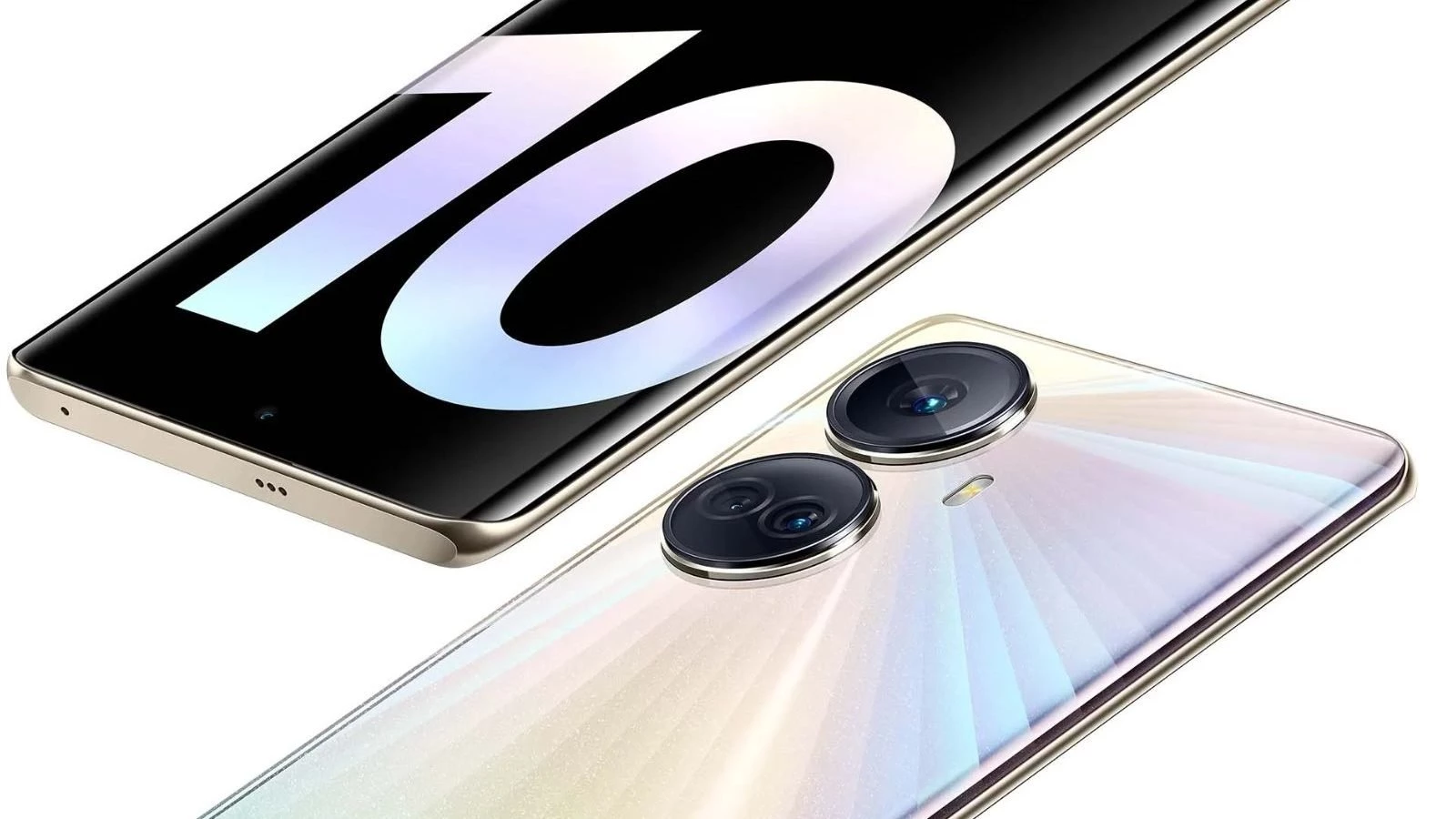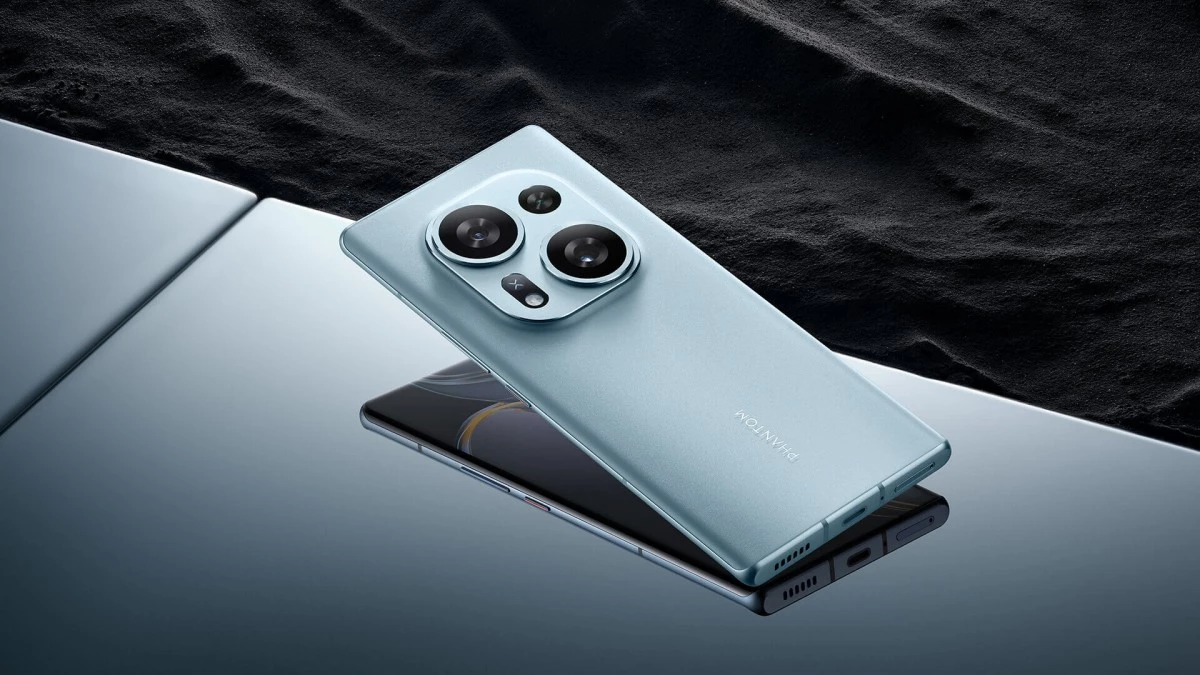Vivo V25 Pro Review
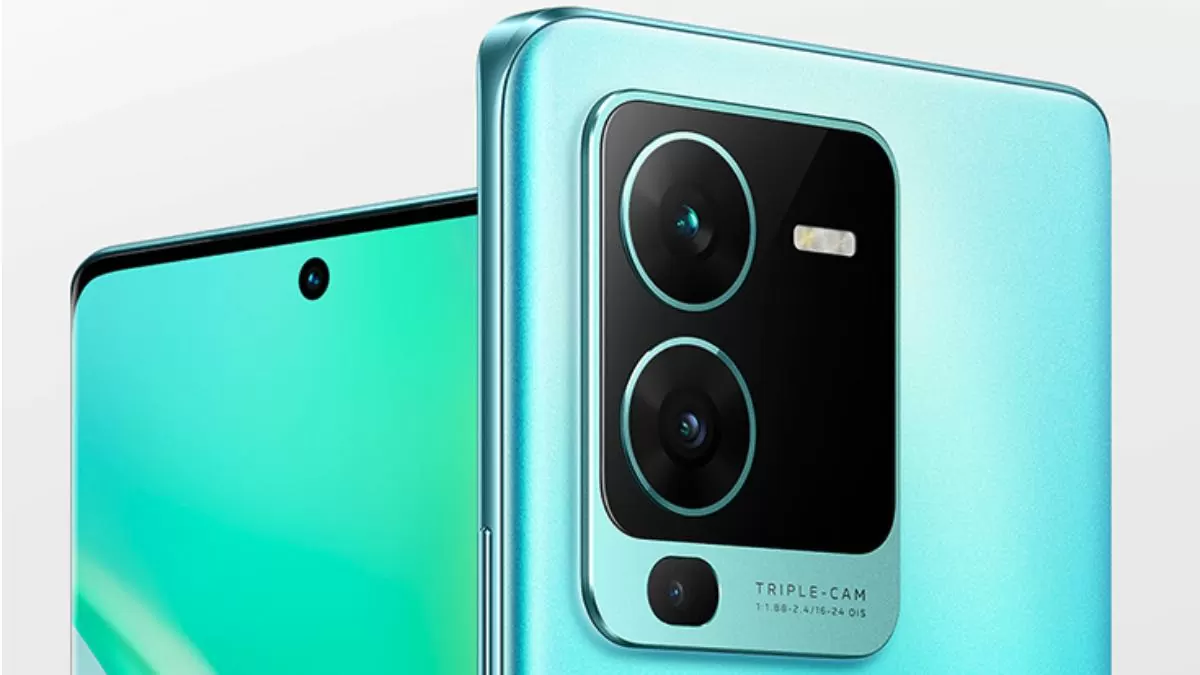
Content
Design, ergonomics, and software
Even though the Vivo V25 Pro has become thicker and larger than its predecessors, the overall minimalistic style found several generations of these smartphones back is maintained. Here, a camera block with two dedicated lenses is responsible for it, which contrasts in color with the back.
 Features:
Features:
- IP54. We also note frosted glass, from which the back panel is made – and it looks very solid, and the smartphone in the end turns out to be not too slippery to the touch. The curved edges of both the front and the back do not add any inconvenience in this regard. The case received splash protection according to the IP54 standard, but full-fledged moisture protection for the device was not declared.
- Front panel. But the front panel has seriously changed: Vivo finally abandoned the cutout (in the case of V23 is almost forced – there we were dealing with a dual front camera) in favor of an individual single hole at the top of the screen. A modern classic for Android smartphones, the usable screen area in this case is higher.
- General impression. But the general impression of the appearance of Vivo V25 Pro is more, let’s say, “usual” than from Vivo V23, for example: both the flat edges that were on the previous model look more interesting, and the colors in the design of the novelty are more boring – black or, as in our case, blue. Especially the blue version is good using photochromic glass, changing color from blue to deep blue depending on the light.
- Dimensions. The dimensions of the Vivo V25 Pro are quite normal – the case is still not too thick (8.6 mm), but here the smartphone does not stand out against the general background. You can easily find thinner and more compact options in this price range. Weighs Vivo V25 Pro 190 grams. So yes, the position of “the most human smartphone” is perhaps lost.
- Materials. The materials used are of high quality: the front and back panels are made of tempered glass, the edges are made of plastic interspersed with metal. The functional elements are ordinary: hardware keys on the right side, USB Type-C port along with a speaker and a SIM card slot are on the bottom, there is no mini-jack.
- Fingerprint scanner. The fingerprint scanner is located under the screen – an optical sensor is used. As before, it is installed too close to the bottom edge of the gadget, which is why the smartphone has to be intercepted in the hand to touch the sensor with a fingertip. At the same time, the sensor itself works smartly and almost error-free, but does not respond to touch with a wet or dirty finger. If desired, you can install a face recognition system using the front camera, without a depth sensor or an infrared sensor. Such recognition works even faster, but it is not so reliable method.
- Funtouch 12. The smartphone runs on the Android 12 operating system with the Funtouch 12 shell. A little surprised not to see the thirteenth “robot” here: we are already used to close contacts Vivo from Google and that the company's older smartphones coming out in the fall receive the latest version of the OS. In this case, it is not. I already shared the Funtouch 12 shell that works with Android 12 in the Vivo V23. Changed in appearance compared to Funtouch 11, it has not changed its logic: it is a shell that is quite standard in its organization; it will not surprise the user of Android smartphones with something special.
- Player widget. From the unusual, we note the player widget, which “pulls up” both streaming audio applications installed on the smartphone and locally stored multimedia files, as well as its set of additional control gestures. The panel has finally given way to Google Now on the far-left screen. You can manage notifications in great detail. In fact, there are numerous possibilities, but they seem to be hidden from the initial attention – the shell is simple and minimalistic, there are many things you can customize to suit your needs. Funtouch 12 works smartly and without failures. I note that in the Vivo V25 Pro, the camera application, which on the previous generation of smartphones, also worked quickly the series noticeably slowed down.
- Google. I will add that already after the end of testing, when the text was almost finished, the update to Android 13 “arrived” – so questions about the collaboration of Vivo and Google is moving away in this direction.
Display and Sound
Vivo V25 Pro has a 6.56-inch AMOLED screen with a resolution of, 2376 × 1080 pixels. The pixel density is 395 ppi. Yes, there is a diagonal increase relative to Vivo V23, but the resolution is the same – Full HD +. The picture, of course, does not become loose, but the clarity is a bit lacking compared to the competition.  Characteristics:
Characteristics:
- Display refresh rate. The display refresh rate, as befits a self-respecting smartphone, is increased and finally reaches 120 Hz. True, I really can’t distinguish between 120 and 90 Hz by eye, unlike, for example, the obviously noticeable difference between 60 and 90 Hz. The picture during scrolling is in any case perceived smoother, and I would rather not return to a smartphone with a normal frequency screen. True, in games, the increased frequency does not always work. I tried several games: in Call of Duty Mobile and Vampire Survivors the frequency was limited to 60 hertz, in Alto's Adventure it overclocked to the maximum.
- Brightness. The measured brightness level (measured in a room with dim artificial light) was 545 cd/m2 – an excellent indicator for an OLED display. There will be no problems with using a smartphone under any conditions. The manufacturer indicates that the screen is capable of producing a picture with a brightness of up to 800 cd / m2 with a peak of up to 1300 cd / m2. With our measurement method, we were unable to obtain such results, but the screen is really bright – it is likely that it can give such high values for a short time.
- Display settings. Vivo traditionally has many settings of display. First, they concern various effects, including on the locked screen (Always-On Display, various animations that signal incoming notifications and calls). In the settings of the image itself, in addition to standard operations (change the font style, font size, adjust auto brightness, eye protection mode, etc.) you can adjust the color reproduction. Three ready-made options are available – standard, vivid and professional, as well as color temperature adjustment. I measured the color rendering of the screen Vivo V25 Pro with standard, professional, and bright pre-installed at default color temperature.
- DCI-P3. The color space in standard mode matches the DCI-P3 standard perfectly. The average gamma of shades of gray is 2.23 (within the normal range), the curves go up a little only on light shades. The color temperature is increased, but slightly – it keeps in the range from 7,000 to 7,500 K. The average DeltaE deviation for the extended Color Checker palette (grayscale + wide range of color shades) is 3.72 at 3 and a reference value of 2.
- Color Checker. In bright mode, the screen Vivo V25 Pro behaves approximately the same (gamma and temperature are the same), but the color space is expanded – and exceeds the DCI-P3 standard. The picture is more saturated and bright, but further from the conditional “truth” : DeltaE mean deviation for the extended Color Checker is 4.39.
- sRGB. In the “professional” mode, the color space approximately corresponds to the sRGB standard, and the picture warms up a lot – the color temperature is kept close to the standard of 6,500 K. Gamma does not change compared to other modes. But the average DeltaE deviation for the extended Color Checker palette unexpectedly turns out to be further from the normal limits, – 4.02. In general, the display is configured very well.
- Sound. Sound-wise, unfortunately, progress against; Vivo V23 did not happen: for some reason, smartphones of this series consistently ignore stereo phony. So, there is no manager or stereo speakers. Responsible for wireless sound transmission, Bluetooth module version 5.2.
Performance
Basically, Vivo V25 Pro is the first smartphone based on the MediaTek Dimensity 1300 hardware platform, along with BBK's neighbor OPPO Reno8. MediaTek Dimensity 1300 is a mid-range platform introduced in Spring 2022. It includes the same cores as its predecessor, the MediaTek Dimensity 920, but in a slightly different configuration: one ultra-powerful ARM Cortex-A78 core with a clock frequency of 3.0 GHz, three productive cores with the same architecture and a frequency of 2.6 GHz, and four energy-efficient ARM Cortex-A55 cores with a frequency of 2.0 GHz. The declared manufacturing process is 6 nm.  Performance:
Performance:
- Standard performance. The performance of this platform can be called sufficient. And so – just a normal result, which is actually enough for a smartphone to perform any tasks with high quality. Even the most demanding games run at high graphics settings and decent frame rates. I would also note a dramatic increase in performance relative to Vivo V23.
- Cooling. With cooling at Vivo, The V25 Pro is fine, but not perfect: endurance tests show throttling with a frequency decrease of 20-23%. At the same time, the smartphone does not feel too hot to the touch.
- Memory. Only one version available in the US Vivo V25 Pro in terms of internal storage: 12 GB RAM and 256 GB storage (LPDDR4X and UFS 3.1, respectively). No memory card slot.
Communications and wireless communications
Vivo V25 Pro has a 5G modem – in fact, the model something is officially called Vivo V25 Pro 5G. But most of those reading this material will not be particularly affected by this information – at least in the coming years. If in your country, 5G networks are still launched – or will be launched in the near future, then the list of supported bands can be found in the characteristics table. LTE- the modem is still in place (it could not have been otherwise), it works fine, I did not notice any subsidence in speed in the usual usage scenarios. All required ranges are supported. With wireless modules, the order is: Wi-Fi 802.11a/b/g/n/ac/ax (yes, there is support for Wi-Fi 6), Bluetooth 5.2, NFC, navigation module with GPS (A- GPS), GLONASS, BeiDou, QZSS, NavIC.
Camera
The rear camera on the Vivo V25 Pro, in fact, does not differ from the one installed on the Vivo V23: there are also two modules responsible for two focal lengths, and a macro module.  Camera Modules:
Camera Modules:
- Samsung S5KGW1. The main camera received a 64 megapixel sensor (Quad Bayer, Samsung S5KGW1, dimensions – 1/1,72”, the size of an individual pixel is 0.8 microns). It works with an f/1.9 aperture lens, with phase detection autofocus and optical stabilizer. The second camera is responsible for wide-angle shooting, it uses an 8-megapixel sensor (OmniVision OV8856) without autofocus, with lens, providing f / 2.2 aperture and a viewing angle of 120°. The third camera is responsible for macrophotography: 2 megapixels OmniVision OV02B10, f/2.4, no autofocus.
- Permission. The camera, which is typical for modern smartphones with an increased number of photosensitive sensors, shoots by default in a more or less familiar resolution – here it is 16 megapixels. But at any time, you can switch the camera to high-resolution mode and get a 64-megapixel picture.
- Algorithms. Shooting level remains the same as Vivo V23, – probably, the processing algorithms (especially with the use of a fresh hardware platform) have changed, but not much. We note the excellent (and, importantly, stable for all available focal lengths) color reproduction with the correct white balance. Wide-angle the camera does not shine with high detail, which no one expects from a module with a resolution of 8 megapixels. But at the same time, it produces fairly even sharpness – it falls sharply only completely at the edges of the frame. I am also pleased that this camera is applicable, among other things, in situations with insufficient lighting – at night (especially with acceptable artificial light), it does not completely turn off the fight.
- Main camera. The main camera allows you to count on good sharpness, the already mentioned correct colors and a decent dynamic range in a wide variety of shooting conditions. Including in the dark – in the forest at night, of course, it is better not to go with her, but in the city she demonstrates a high level. The “hybrid” 2x zoom (using a crop from a 64-megapixel image – a classic for Quad Bayer) is quite applicable if you are going to publish the resulting images on social networks. This time (instead of the zoom on Vivo V23) the picture is not compressed so much – the smartphone finds a balance between sharpness and naturalness.
- Night mode. There is a specialized night mode that works with all three basic focal lengths. The smartphone takes many shots with different exposures in about a second and then combines them, “pulling up” the result programmatically using machine learning technologies. I note that even when shooting in the basic mode in low light, night shooting is activated, just the smartphone is a little smaller. Keeps the exposure. Therefore, the difference in the quality of pictures taken in normal and night mode is not so great: clarity increases slightly, sharpness rises, but I would not say that night mode is mandatory for use in low light conditions.
- Night filters. Branded night filters are in place (which smoothly migrated from Vivo to neighboring smartphones OPPO and OnePlus) – there are ten of them again, and they are, as before, extremely effective.
- Daily filters. There are also regular filters, tinting the picture in different ways – not so impressive. It's more of a must-have app for a modern smartphone than a highlight of a particular brand or model.
- Portrait filters. There are also filters in portrait mode – and they are also perfect. And in general, the portrait mode is good: there is an advanced skin enhancement function that allows you to adjust the face and body in a vast frame, the background blurring effect works well, there are even filters that apply various “bokeh effects” (stars, hearts, and so on). Unfortunately, one single focal length is available, best suited for full-length or half-length portraits, but this is the only niggle with this mode.
- Macro camera. Macro camera has a minimum focusing distance, allows you to count on very close-ups, but note the low resolution and lack of autofocus, forcing you to carefully choose the shooting point. And yes, an acceptable result is possible only with good lighting.
Vivo V25 camera app interface
The camera app is already familiar from the Vivo V23. We note a logical and consistent navigation system (the wide angle is turned on the general scale of focal lengths, and not in a separate submenu; the “bokeh” and “portrait” modes are combined), but there are some traces of past oddities here too – for example, macro mode is activated by touching the icon in the form of a non-obvious icon at the top of the interface. The design seems a little messy to me, but in general, working with the camera does not cause discomfort. 
Smartphone Vivo V25 Pro can shoot video in 4K at up to 60 frames per second. Enhanced stabilization is available, which works when recording videos in Full-HD resolution, but there is also a stabilizer when shooting in 4K, and quite efficient. In 4K, you can shoot at standard focal length or 2x zoom, wide angle is available only when shooting in Full HD, and only at 30 frames per second. There are various filters, background blur and enhancements for portrait video. It is also worth mentioning a special mode for night video shooting. In terms of the number of options and the quality of video shooting, Vivo V25 Pro has taken a significant step forward compared to its predecessor – and looks very confident among competitors.
But the selfie camera noticeably sank relative to its predecessor, and relatively several generations of Vivo V-series smartphones at once. It uses a single 32-megapixel module (not Quad Bayer, shooting is carried out with a resolution of 32 megapixels) with a lens aperture of ƒ/2.45. Not very impressive compared to dual modules or those offering higher aperture and resolution modules, but the picture quality is still excellent! In addition, autofocus works with the selfie camera, which is a rarity compared to competitors. True, there is no flash built into the screen frame. There is a portrait mode with background blur and improvements, you can record video with resolutions up to Full HD at 60 frames per second (previously shooting in 4K was available). A good front camera, but no longer claims to be the unambiguous title of the best in the class.
Work Offline
The Vivo V25 Pro has a serious capacity battery – 18.35 Wh (4830 mAh, 3.8 V), which just caused the increase in size and weight of the smartphone. With a fairly good and at the same time quite economical platform, it allows you to count on more than a day of work at a standard load. And guarantees a full day if you don’t “stick off” your smartphone (but don’t overload it, for example, with 3D games). 
In our test with Full HD video playback at maximum brightness, with Wi-Fi turned on, the Vivo V25 Pro lasted almost 18 hours – a result that close to the record for smartphones. Included with the smartphone is a 66W charger that charges the device in just over an hour. Despite the battery of serious capacity, there are no problems with charging speed. Vivo V25 Pro does not support wireless charging, but it can charge accessories by wire.
Conclusion
Pros:
- An elegant body with fairly balanced dimensions and a velvety back;
- Quality tuned 120Hz AMOLED display
- Good quality of shooting on the rear camera;
- Decent front camera;
- Normal performance;
- Exceptional autonomy and very fast charging.
Weaknesses:
- No memory card slot;
- No mini-jack;
- No progress on the rear camera compared to its predecessor;
- No optical zoom in the rear camera;
- The front camera is worse than its predecessor;
- Monaural speaker;
- There is no full waterproof protection (only splash protection IP54).
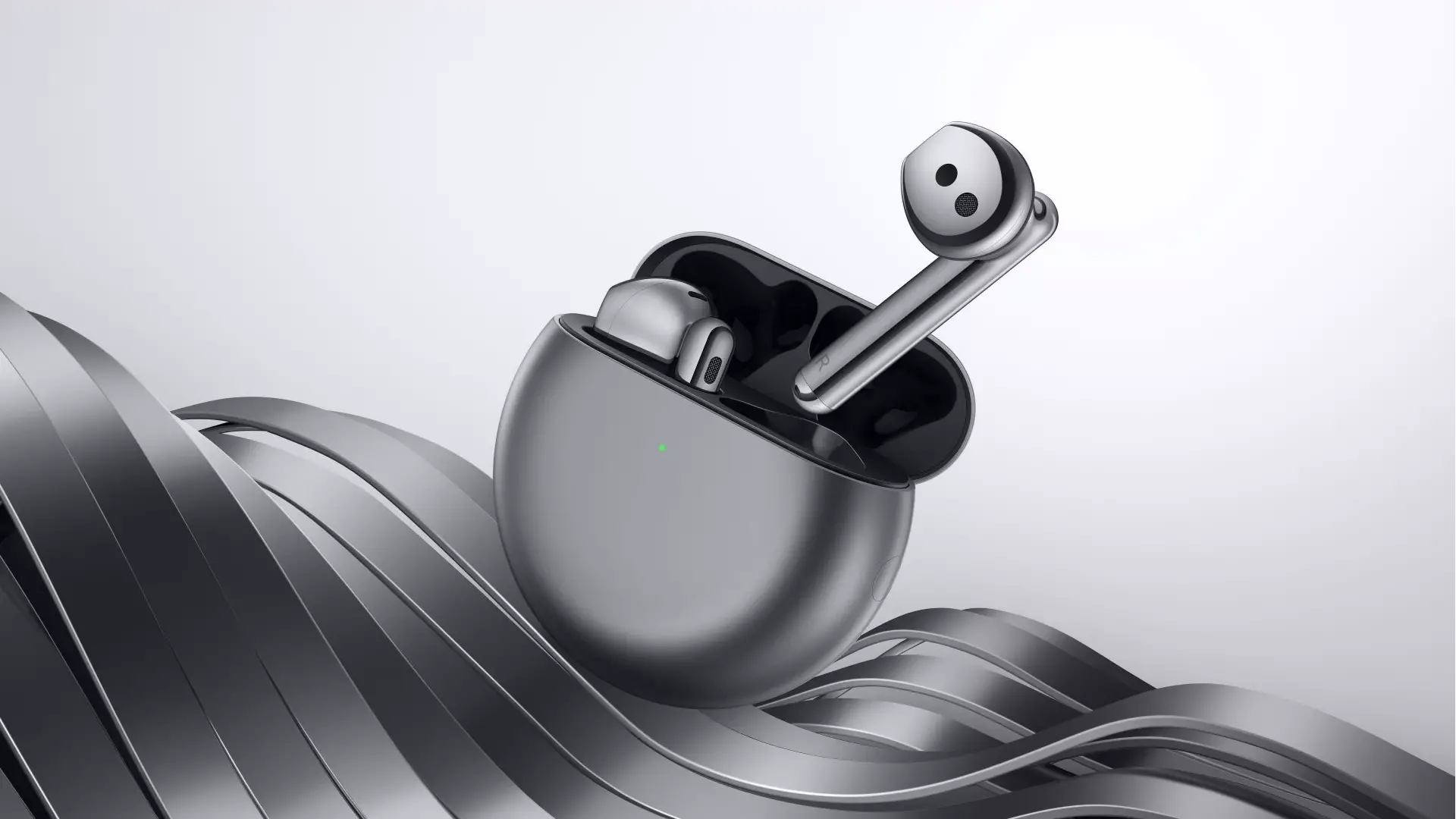 Huawei FreeBuds 4 Review
Huawei FreeBuds 4 Review
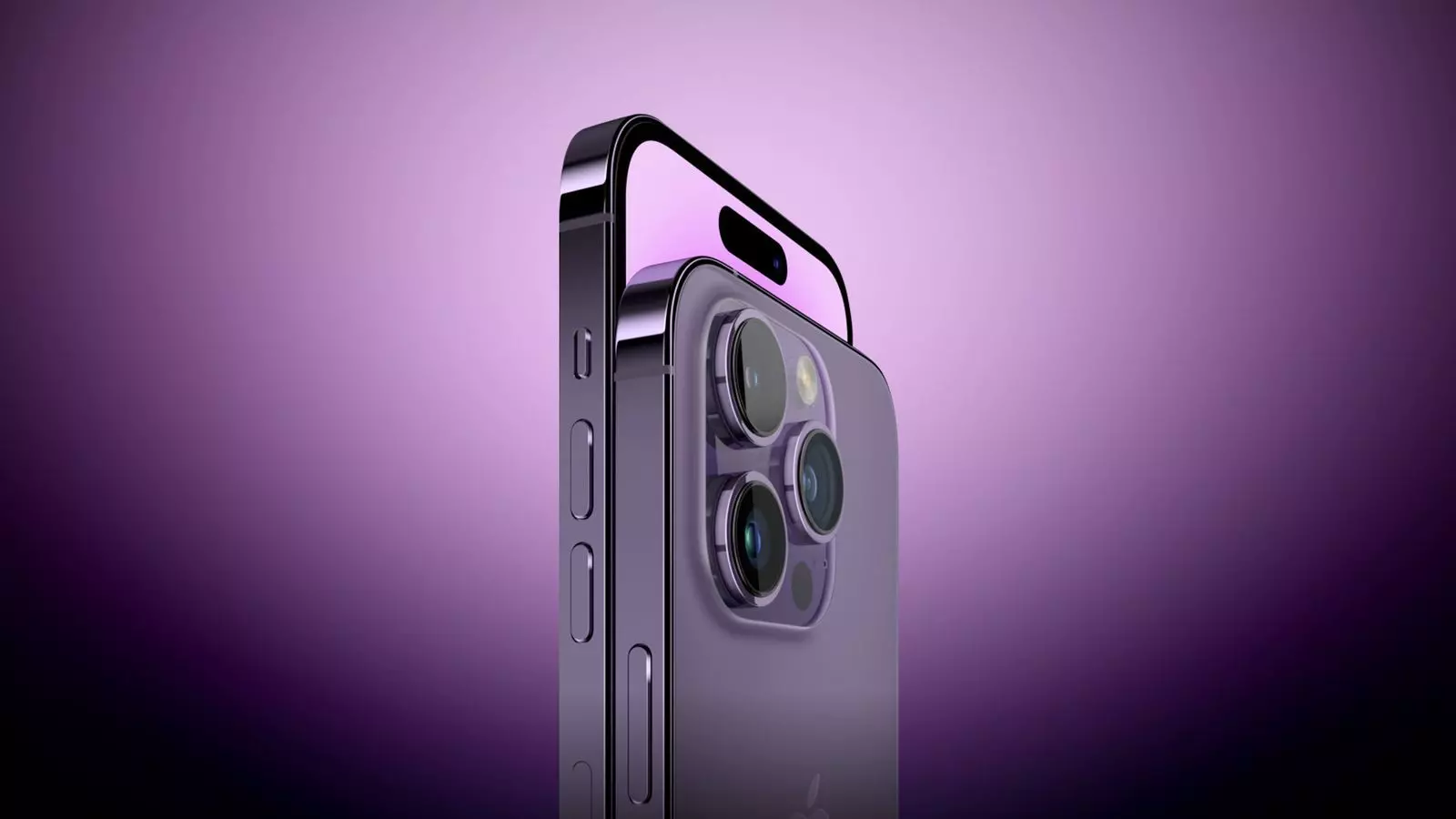 Apple iPhone 14 Pro Max Review
Apple iPhone 14 Pro Max Review

